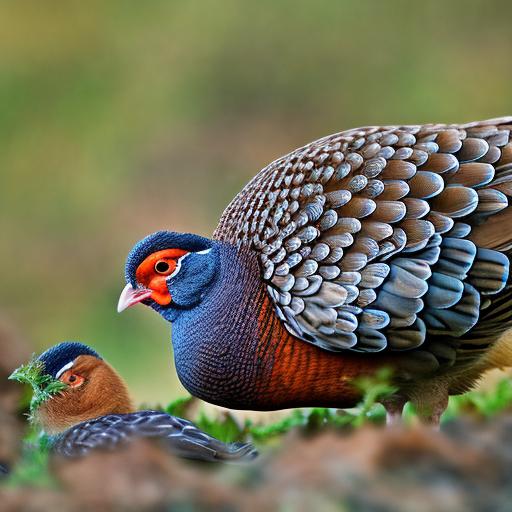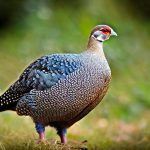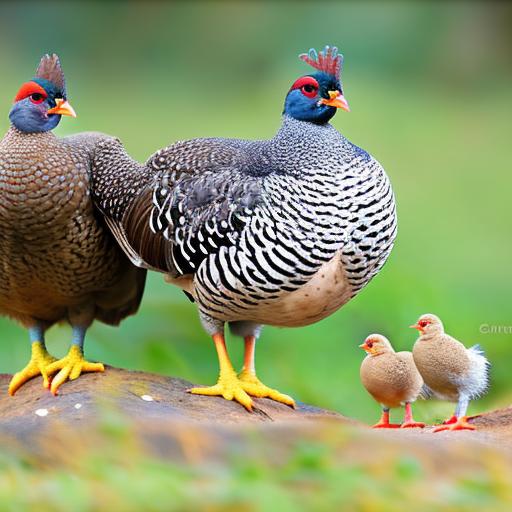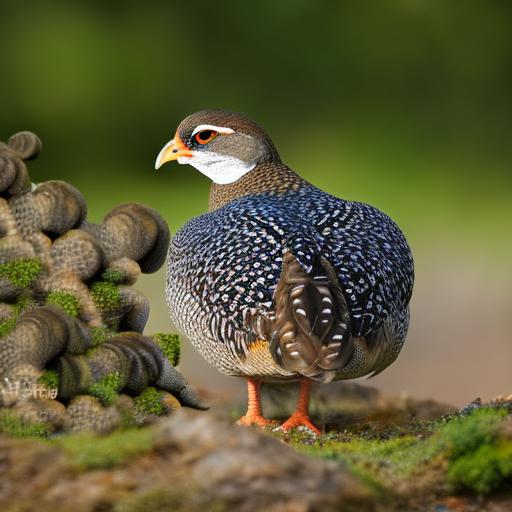When it comes to housing and space requirements for raising goats, it’s important to provide adequate shelter and space for the animals to thrive. Goats are known for their agility and love for climbing, so it’s essential to have a sturdy and secure enclosure to prevent them from escaping or injuring themselves. The shelter should be well-ventilated and provide protection from the elements, such as rain, wind, and extreme temperatures. Additionally, the flooring should be easy to clean and provide good drainage to prevent the buildup of moisture and bacteria.
In terms of space, goats require a minimum of 10 to 15 square feet per animal for housing. However, providing more space is always beneficial for their well-being. A spacious environment allows goats to move around freely, exercise, and exhibit natural behaviors. It’s also important to consider the layout of the housing area, as goats need separate areas for feeding, resting, and kidding. Adequate space and proper housing not only contribute to the physical health of the goats but also play a significant role in their mental well-being.
When it comes to housing and space requirements for goats, it’s crucial to prioritize their safety, comfort, and well-being. Providing a secure shelter with ample space allows goats to thrive and lead healthy, happy lives. Additionally, a well-designed housing area contributes to the overall management of the herd and makes it easier to monitor the animals’ health and behavior. By meeting their housing and space needs, goat owners can ensure that their animals are content and thriving in their environment.
Key Takeaways
- Housing and Space Requirements:
- Provide adequate shelter and space for goats to roam and graze.
- Ensure proper ventilation and protection from harsh weather conditions.
- Feeding and Nutrition:
- Offer a balanced diet of hay, grains, and fresh water.
- Supplement with minerals and vitamins as needed.
- Health and Disease Prevention:
- Schedule regular vaccinations and deworming.
- Monitor for signs of illness and provide prompt veterinary care.
- Social Dynamics and Behavior:
- Goats are social animals and thrive in a herd environment.
- Provide opportunities for exercise and mental stimulation.
- Predator Protection:
- Secure fencing and shelters to protect goats from predators.
- Use guard animals such as dogs or llamas to deter predators.
- Breeding and Reproduction:
- Plan breeding carefully to ensure healthy offspring.
- Provide proper care for pregnant and nursing does.
- Integration with Other Livestock:
- Introduce goats to other livestock gradually and monitor interactions.
- Provide separate feeding and watering areas to prevent competition.
Feeding and Nutrition
Feeding and nutrition are crucial aspects of raising goats, as a well-balanced diet is essential for their overall health and productivity. When it comes to feeding goats, it’s important to provide access to high-quality forage, such as grass, hay, and browse. Additionally, goats should have access to fresh, clean water at all times to prevent dehydration and promote proper digestion. In addition to forage, goats may require supplemental feed to meet their nutritional needs, especially during periods of growth, lactation, or pregnancy.
Supplemental feed for goats may include grains, protein-rich pellets, minerals, and vitamins. It’s important to consult with a veterinarian or animal nutritionist to develop a feeding program that meets the specific needs of the goats based on their age, breed, and reproductive status. Proper nutrition is essential for maintaining the health and productivity of goats, whether they are raised for meat, milk, or fiber production.
In conclusion, feeding and nutrition play a critical role in the overall health and well-being of goats. Providing a well-balanced diet that meets their nutritional needs is essential for supporting their growth, reproduction, and productivity. By ensuring access to high-quality forage, fresh water, and appropriate supplemental feed, goat owners can promote the health and vitality of their animals.
Health and Disease Prevention
Maintaining the health of goats is essential for their well-being and productivity. Preventing diseases and addressing health issues promptly are crucial aspects of goat management. Regular veterinary care, vaccinations, and parasite control are essential for preventing common diseases and health problems in goats. Additionally, providing a clean and sanitary living environment can help reduce the risk of illness and promote overall herd health.
One of the key aspects of disease prevention in goats is vaccination. Vaccines can protect goats from various diseases such as tetanus, enterotoxemia (overeating disease), and respiratory infections. It’s important to work with a veterinarian to develop a vaccination schedule that meets the specific needs of the herd based on factors such as age, breed, and local disease prevalence. In addition to vaccinations, regular deworming and parasite control are essential for maintaining the health of goats.
Another important aspect of goat health is providing a clean and sanitary living environment. Regular cleaning of the housing area, proper manure management, and access to clean water can help prevent the spread of diseases and parasites. Additionally, monitoring the goats for signs of illness or injury and addressing any health issues promptly is crucial for maintaining their well-being.
In conclusion, maintaining the health of goats requires proactive measures such as vaccinations, parasite control, and providing a clean living environment. By prioritizing disease prevention and addressing health issues promptly, goat owners can ensure that their animals are healthy and thriving.
Social Dynamics and Behavior
Understanding the social dynamics and behavior of goats is essential for effective herd management. Goats are social animals that thrive in groups and have complex social structures within the herd. It’s important to provide opportunities for social interaction and establish a harmonious hierarchy within the group. Additionally, understanding goat behavior can help in identifying signs of stress or illness and promoting their overall well-being.
Goats have a hierarchical social structure with dominant and subordinate individuals within the herd. Providing adequate space, resources, and opportunities for social interaction can help minimize aggression and competition within the group. Additionally, observing the behavior of individual goats can help in identifying any conflicts or issues within the herd that may require intervention.
Understanding goat behavior can also help in identifying signs of stress or illness. Changes in behavior such as decreased appetite, isolation from the group, or excessive vocalization can indicate underlying health issues or environmental stressors. By being attuned to their behavior, goat owners can address any issues promptly and ensure the well-being of their animals.
In conclusion, understanding the social dynamics and behavior of goats is essential for effective herd management. Providing opportunities for social interaction, establishing a harmonious hierarchy within the group, and being attuned to their behavior can help in promoting the overall well-being of goats.
Predator Protection
Protecting goats from predators is a crucial aspect of herd management, especially for those raised in rural or semi-rural areas. Predators such as coyotes, wolves, bears, mountain lions, and domestic dogs pose a threat to the safety of goats. Implementing effective predator protection measures is essential for ensuring the security of the herd.
One of the most effective ways to protect goats from predators is by providing secure fencing around the housing area. Fencing should be sturdy and tall enough to prevent predators from gaining access to the goats. Additionally, using electric fencing or predator-proof enclosures can further enhance security measures.
In addition to secure fencing, employing livestock guardian animals such as dogs or llamas can help deter predators from approaching the herd. These guardian animals are trained to protect livestock from potential threats and can serve as an effective deterrent against predators.
In conclusion, protecting goats from predators is essential for ensuring the safety and security of the herd. Implementing measures such as secure fencing and employing livestock guardian animals can help minimize the risk of predation and promote the well-being of the goats.
Breeding and Reproduction

Breeding and reproduction are important aspects of goat management for those raising goats for meat or milk production. Understanding the reproductive cycle of goats and implementing effective breeding practices is essential for maintaining a productive herd.
The reproductive cycle of goats is influenced by factors such as breed, age, nutrition, and environmental conditions. It’s important to understand the natural breeding behavior of goats and identify optimal breeding times based on factors such as estrus cycles and seasonal breeding patterns.
When it comes to breeding practices, selecting high-quality breeding stock with desirable traits is essential for maintaining a productive herd. Additionally, ensuring proper nutrition and healthcare for breeding animals can help optimize reproductive success.
In conclusion, understanding the reproductive cycle of goats and implementing effective breeding practices is essential for maintaining a productive herd. By prioritizing breeding and reproduction management, goat owners can ensure the long-term success of their breeding program.
Integration with Other Livestock
Integrating goats with other livestock such as sheep or cattle can offer various benefits in terms of pasture management and herd dynamics. However, it’s important to consider factors such as compatibility, space requirements, feeding habits, and potential disease transmission when integrating different species.
When integrating goats with other livestock, it’s important to provide adequate space for each species to prevent competition for resources such as food or shelter. Additionally, understanding the feeding habits of each species can help in developing a feeding program that meets their specific nutritional needs.
Another consideration when integrating different species is disease transmission. Some diseases can be transmitted between different species of livestock, so it’s important to work with a veterinarian to develop disease prevention measures that minimize the risk of transmission.
In conclusion, integrating goats with other livestock can offer various benefits in terms of pasture management and herd dynamics. By considering factors such as compatibility, space requirements, feeding habits, and disease prevention measures, goat owners can successfully integrate different species for mutual benefit.
If you’re considering keeping guinea fowl and chickens together, it’s important to understand the dynamics of their cohabitation. A helpful resource to complement your knowledge on this topic is an article on PoultryWizard about chicken coop run plans. This article provides valuable insights into creating a suitable environment for both guinea fowl and chickens to thrive together. Check out the article here for practical tips and guidance on designing a coop that meets the needs of both species.
FAQs
What are the benefits of keeping guinea fowl and chickens together?
Guinea fowl and chickens can be kept together to provide pest control, as guinea fowl are known for eating ticks, flies, and other insects that can bother chickens. They can also help protect the flock by alerting them to potential predators.
What should I consider before keeping guinea fowl and chickens together?
Before keeping guinea fowl and chickens together, consider the space requirements, as guinea fowl are more active and need more space to roam. Additionally, consider the noise level, as guinea fowl are known for their loud calls, which may bother neighbors.
What are the housing requirements for keeping guinea fowl and chickens together?
The housing for guinea fowl and chickens should provide separate areas for roosting and nesting, as guinea fowl prefer to roost in trees while chickens prefer to roost in a coop. The housing should also provide protection from predators and the elements.
What should I feed guinea fowl and chickens when keeping them together?
Guinea fowl and chickens can be fed a similar diet of commercial poultry feed, supplemented with grains, fruits, and vegetables. It’s important to provide separate feeding areas to ensure that both species have access to food.
How do I introduce guinea fowl to an existing flock of chickens?
When introducing guinea fowl to an existing flock of chickens, it’s best to do so gradually and in a neutral territory. Monitor the interactions closely to ensure that there is no aggression or bullying between the two species.
Meet Walter, the feathered-friend fanatic of Florida! Nestled in the sunshine state, Walter struts through life with his feathered companions, clucking his way to happiness. With a coop that’s fancier than a five-star hotel, he’s the Don Juan of the chicken world. When he’s not teaching his hens to do the cha-cha, you’ll find him in a heated debate with his prized rooster, Sir Clucks-a-Lot. Walter’s poultry passion is no yolk; he’s the sunny-side-up guy you never knew you needed in your flock of friends!







